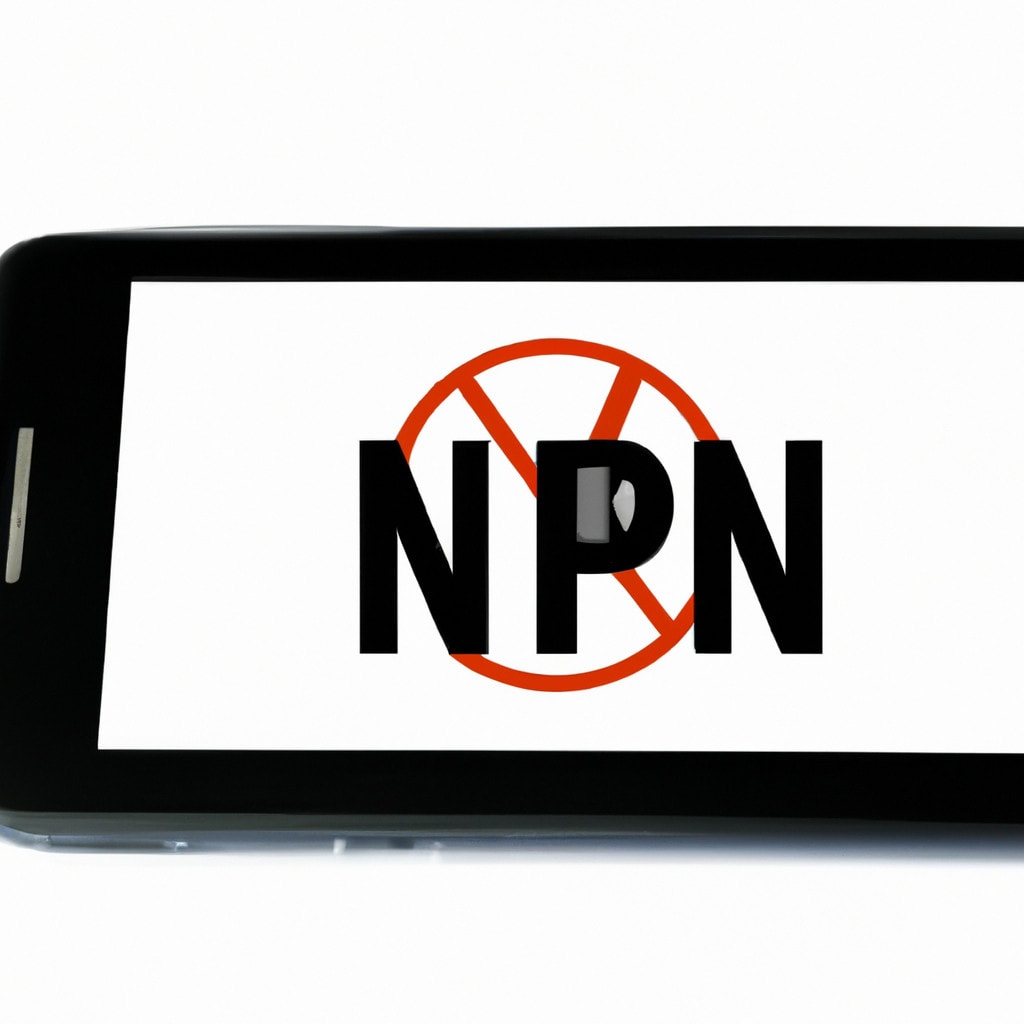7 Ways to Access Your Home Network Securely with a VPN: Expert Engineer’s Guide
Picture this: You’re halfway around the world on a business trip, and suddenly, you need access to files on your home network. Back in the day, you’d have no choice but to hop on a plane back or call someone at home to send the file. But now? Thanks to Virtual Private Networks (VPNs), you can access your home network securely from anywhere. But how exactly can you do it? In this expert guide, I’ll walk you through 7 different methods of using a VPN to access your home network.
Before diving into the methods, let’s address the main question: *Can I use a VPN to access my home network?* The answer is a resounding yes. And not only that, but setting up a VPN to access your home network enhances security and provides peace of mind for your digital assets.
Method 1: Set Up a VPN Server on Your Router
One of the most efficient ways to use a VPN to access your home network is by implementing it on your router. This means all connected devices become part of the VPN, ensuring an added layer of security.
This method requires a VPN-compatible router and a subscription to a VPN service. Here’s a general outline of the process:
1. Choose a VPN service that supports router installations.
2. Download the VPN configuration files from the VPN provider’s website.
3. Access your router’s settings, usually done through your browser by entering the router’s IP address.
4. Install the VPN configuration files and adjust the settings accordingly.
5. Restart your router to apply the changes.
Remember, not all routers are VPN-compatible, so make sure to check beforehand. If necessary, you might want to consider upgrading to a VPN-ready router.
Method 2: Use a Dedicated VPN Device
Another option to access your home network securely with a VPN is by using a dedicated VPN device. These are small, plug-and-play appliances that can be connected to your router or modem.
These devices usually come pre-configured with VPN software, making setup a breeze. Just plug in the VPN device, connect it to your home network, and follow the on-screen instructions to configure the VPN settings.
Method 3: Set Up a VPN Server on a Network-Attached Storage Device
Network-Attached Storage (NAS) devices are popular for their central file storage capabilities. But, some NAS devices also support VPN installations. By setting up a VPN server directly on a NAS device, you can access your home network remotely while maintaining the security of your files.
To implement this method:
1. Ensure your NAS device supports VPN installations.
2. Choose a compatible VPN service.
3. Follow the manufacturer’s instructions to set up the VPN service on the NAS.
4. Configure your devices to connect to the VPN server.
Method 4: Use a Raspberry Pi as a VPN Server
For those looking for a cost-effective and custom approach to accessing a home network via VPN, setting up a Raspberry Pi as a VPN server is a viable option. This tiny, affordable computer can run various VPN protocols, granting secure remote access to your home network.
Here’s how to get started:
1. Purchase a Raspberry Pi and install a suitable operating system.
2. Select a VPN protocol compatible with your Raspberry Pi (OpenVPN, WireGuard, etc.).
3. Follow available online tutorials to configure the VPN server on the Raspberry Pi.
4. Connect your devices to the VPN server.
Method 5: Utilize Windows’ Built-In VPN Server
Windows users can take advantage of the operating system’s built-in VPN server. While not as robust as dedicated VPN solutions, it can still provide remote access to your home network.
1. Open the Windows Control Panel and navigate to Network and Sharing Center.
2. Click “Set up a new connection or network” and choose “Connect to a workplace.”
3. Follow the on-screen instructions to configure the VPN server.
4. Configure port forwarding on your router for the VPN connection.
5. Connect your remote devices to the VPN server.
Method 6: Set Up a VPN Server on macOS
Similar to Windows, macOS also offers a built-in VPN server option.
1. Open System Preferences and navigate to the Sharing menu.
2. Choose “Internet Sharing” and configure the VPN settings.
3. Enable port forwarding on your router for the VPN connection.
4. Connect your remote devices to the VPN server.
Method 7: Use Third-Party VPN Software
Finally, you can opt for third-party VPN software to set up a VPN server on your home network. Some popular options include OpenVPN, SoftEther, and Algo VPN.
Follow the software’s instructions to configure the VPN server and connect your remote devices.
Conclusion
In the world of networking and cybersecurity, it’s vital to ensure the privacy and integrity of our digital assets. By setting up a VPN to access your home network, you’re taking a crucial step toward safeguarding your digital life. Choose the method that best suits your needs and skillset, and enjoy secure access to your home network from anywhere in the world.
DO NOT design your network like this!! // FREE CCNA // EP 6
Can WiFi provider see your history with VPN?
Can I use a VPN to securely access and manage devices on my home network remotely?
Yes, you can use a VPN (Virtual Private Network) to securely access and manage devices on your home network remotely. A VPN creates an encrypted tunnel between your device and the VPN server, ensuring that your data remains safe and private while you access your home network from a remote location. This method is especially useful when connecting to public Wi-Fi networks or when you need to access sensitive information.
To set up a VPN for your home network, you can either configure your router to act as a VPN server or use a dedicated VPN service. Configuring your router may require some technical knowledge, whereas using a dedicated VPN service is typically easier and comes with additional features like multiple server locations and support.
Once the VPN is set up, you can connect your devices to the VPN server and access resources on your home network as if you were physically present. This includes managing devices such as security cameras, smart home systems, and personal computers.
In conclusion, a VPN provides a secure and convenient way to remotely access and manage devices on your home network, ensuring the privacy and protection of your data.
How do I set up a VPN connection to access my home network from various locations?
Setting up a VPN connection to access your home network from various locations involves several steps. Follow these steps to create a secure and private connection:
1. Choose a VPN service: First, you need to choose a suitable VPN service. There are numerous providers available, both paid and free, offering different features and levels of security. Research and select one that fits your needs and budget.
2. Set up the VPN server at home: To access your home network remotely, you’ll need a VPN server running on your home router or a dedicated device. Check if your router supports VPN functionality or consider using a third-party firmware like DD-WRT or Tomato. Alternatively, you can set up a VPN server on a Raspberry Pi or an always-on computer.
3. Configure the VPN server: Once the VPN server is set up, configure it by enabling VPN access, selecting the VPN protocol (such as OpenVPN or WireGuard), and specifying the IP address range for connected devices. Remember to create strong login credentials for your VPN connection.
4. Set up port forwarding: Configure your router to forward incoming traffic on the VPN port to your VPN server. This ensures that remote devices can connect to the VPN server from the internet. Make sure to check the specific port number for the VPN protocol you’re using.
5. Test your VPN connection: While still at home, connect to your VPN server using a VPN client installed on your smartphone or computer. Confirm that you can access your home network resources and browse the internet securely.
6. Access your home network from various locations: Now that the VPN connection is set up and tested, you can use it to access your home network from anywhere with an internet connection. Just connect to the VPN server from any remote location using the VPN client and enjoy private, secure access to your home network. Remember to keep your VPN credentials secure and update them regularly for optimal security.
By following these steps, you’ll be able to create a secure VPN connection to access your home network remotely from different locations.
What are the advantages and limitations of using a VPN for accessing my home network?
Using a VPN for accessing your home network provides several advantages and limitations. Below, we’ve highlighted the most important aspects with bold text.
Advantages:
1. Enhanced security: A VPN provides an additional layer of encryption to your connection, safeguarding your data from hackers and cybercriminals.
2. Remote access: A VPN allows you to access your home network from anywhere, enabling you to use your devices and files as if you were at home.
3. Privacy protection: By connecting to a VPN, your online activities remain private, preventing third parties from viewing your browsing history or monitoring your internet usage.
4. Bypassing geo-restrictions: A VPN can help you bypass geo-restrictions by allowing you to connect to servers in other countries, giving you access to content that may be unavailable in your region.
Limitations:
1. Slower connection speeds: Using a VPN might cause a decrease in connection speeds due to the added encryption and the distance between your device and the VPN server.
2. Complex setup: Setting up a VPN for your home network can be more complicated than using a commercial VPN service, requiring technical knowledge and configuration.
3. Cost: While there are free VPN options available, they usually have limitations and may not be suitable for a home network. Therefore, investing in a paid VPN service or hardware might be necessary.
4. Compatibility issues: Some devices on your home network might not support VPN connections, which could affect their functionality and limit the benefits of using a VPN.





